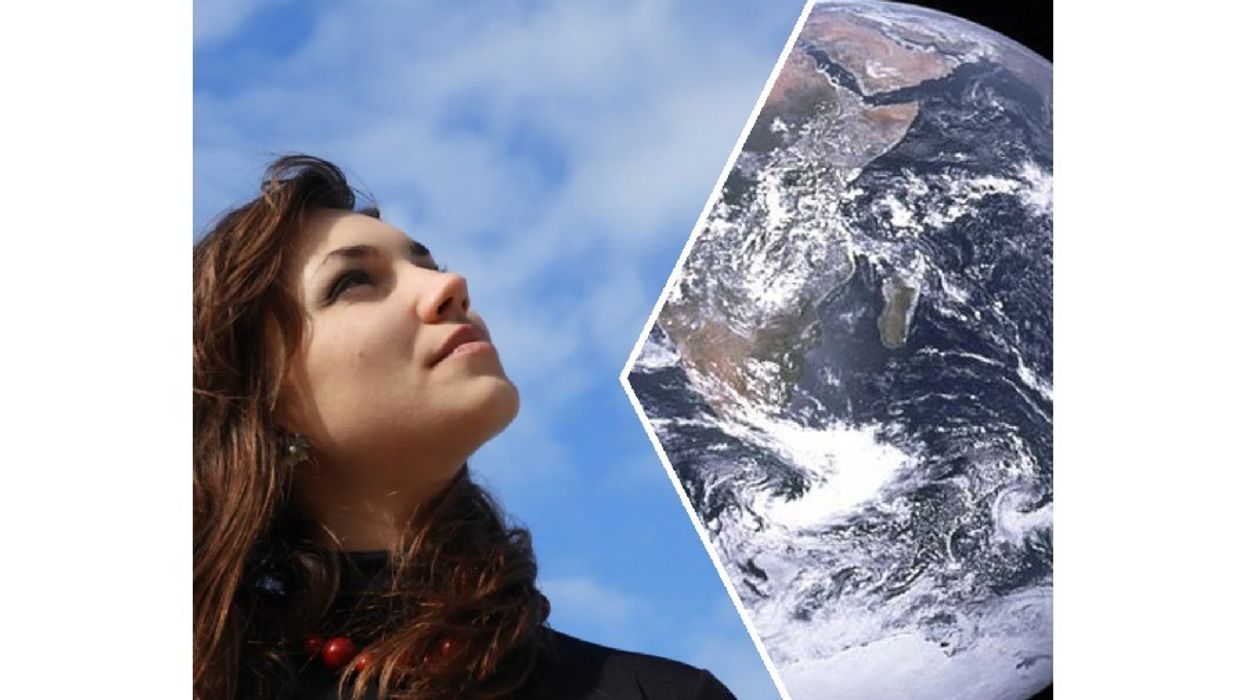How the world's biggest water tower is running dry
Scientists and explorers have long called the Tibetan Plateau the "Third Pole" for its vast and massive glacial ice sheets that fill valleys and cling to the sprawling mountain ranges. Indeed, nowhere else on the planet outside of Greenland and Antarctica is there such a concentration of freshwater, stored as ice in the more than 45,000 glaciers that line the Himalayas.Nearly 2 billion people in Asia rely on water from these glaciers, as they drain into major rivers like the Yangtze, Yellow, Brahmanputra, Ganges, and Mekong.Now the alarming bit: these glaciers are shrinking. As they do, the threat of water shortages for a third of the world's population grows. Temperatures on the plateau are rising twice as quickly as in lower elevations, melting the glaciers at rates unimaginable even five years ago, and a scarcity of freshwater is feared for these billions within a few short decades."You can think of glaciers kind of like water towers," explains Lonnie Thompson, a geologist and glacial expert from Ohio State University. "They collect water from the monsoon in the wet season, and release it in the dry season. But how effective they are depends on how much water is in the towers." Throughout the world, these "water towers" are losing volume, melting far faster in the summer than they can regenerate in the winter. Andean glaciers will likely disappear within 20 years. The Alps have lost half of their average historic glacial terrain. The latest word is that Glacier National Park will be without its namesakes by 2020.But nowhere is the melt as dramatic as the Tibetan Plateau. And nowhere else does it have the potential to impact two billion people. As Joe Romm commented, "In terms of climate impacts that will worsen the lives of the most people the soonest, it is hard to think of anything to top this."At the current rate of melting (and it's likely to speed up), two-thirds of the plateau's glaciers will be gone by 2050. Cities, towns, and villages-from the highlands to the coast-that depend on their meltwater will start to feel the feel the supplies dwindle well before then.Fearing the worst impacts of such resource scarcity, the Chinese government is taking action. The far western province of Xinjiang recently announced plans to construct 59 reservoirs to capture meltwater as the glaciers shrink. The idea is to "intercept" and store glacial run-off, much of which would otherwise drizzle away into the desert, wasted. Controlled releases from the reservoirs will then help adjust for seasonal variations in rainfall, and insure against a total loss of drinking water supplies downstream once the glaciers disappear.It's an unprecedented endeavor, and nobody's quite sure how effective it will be. The Xinjiang region hosts the country's highest temperatures, and evaporation from the exposed reservoirs is a big concern. Many Chinese water experts, like Dr. Li Zhongqin, a leading glaciologist with the Chinese Academy of Sciences, are proposing storing the run-off in underground reservoirs, protected from evaporation, but at much greater expense.Ironically, most urban dwellers (in China, India and elsewhere on the southern side of the Himalayas) don't see a problem. Because of the recent rapid melting, cities have been getting used to a glut of freshwater supplies. There's more than enough water in most big cities right now, but as Thompson notesWATCH Video on the shrinking glaciers in the Tian Mountains of western China.Photos from flickr users reurinkjan and dawvon, under a Creative Commons license









